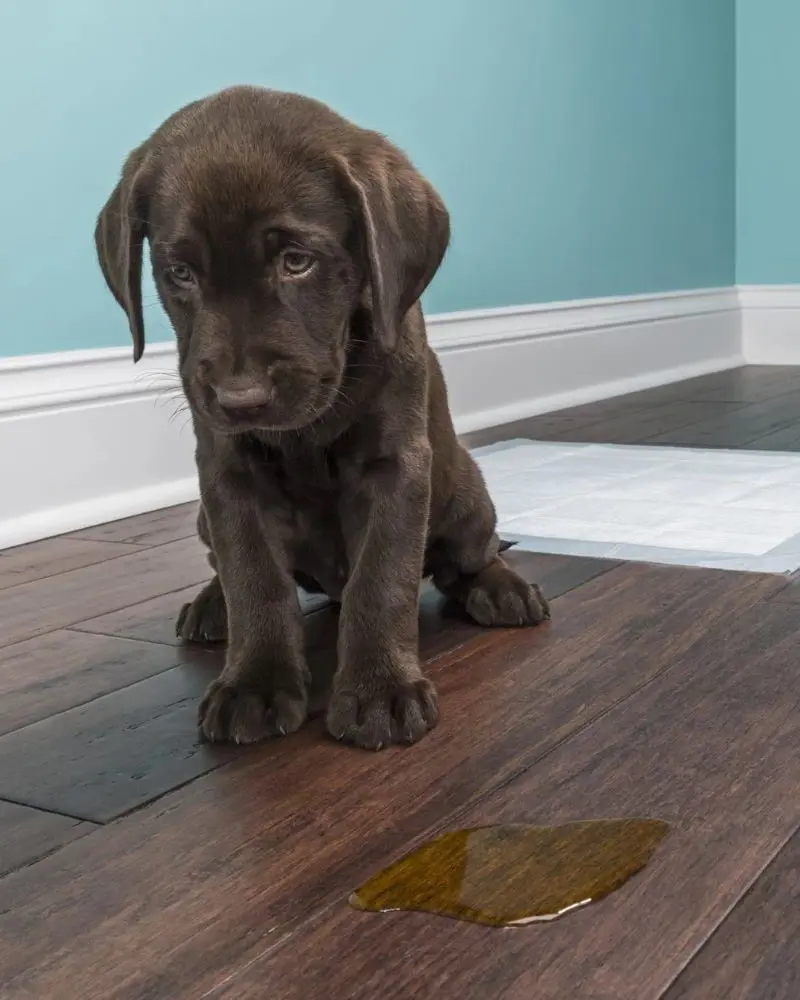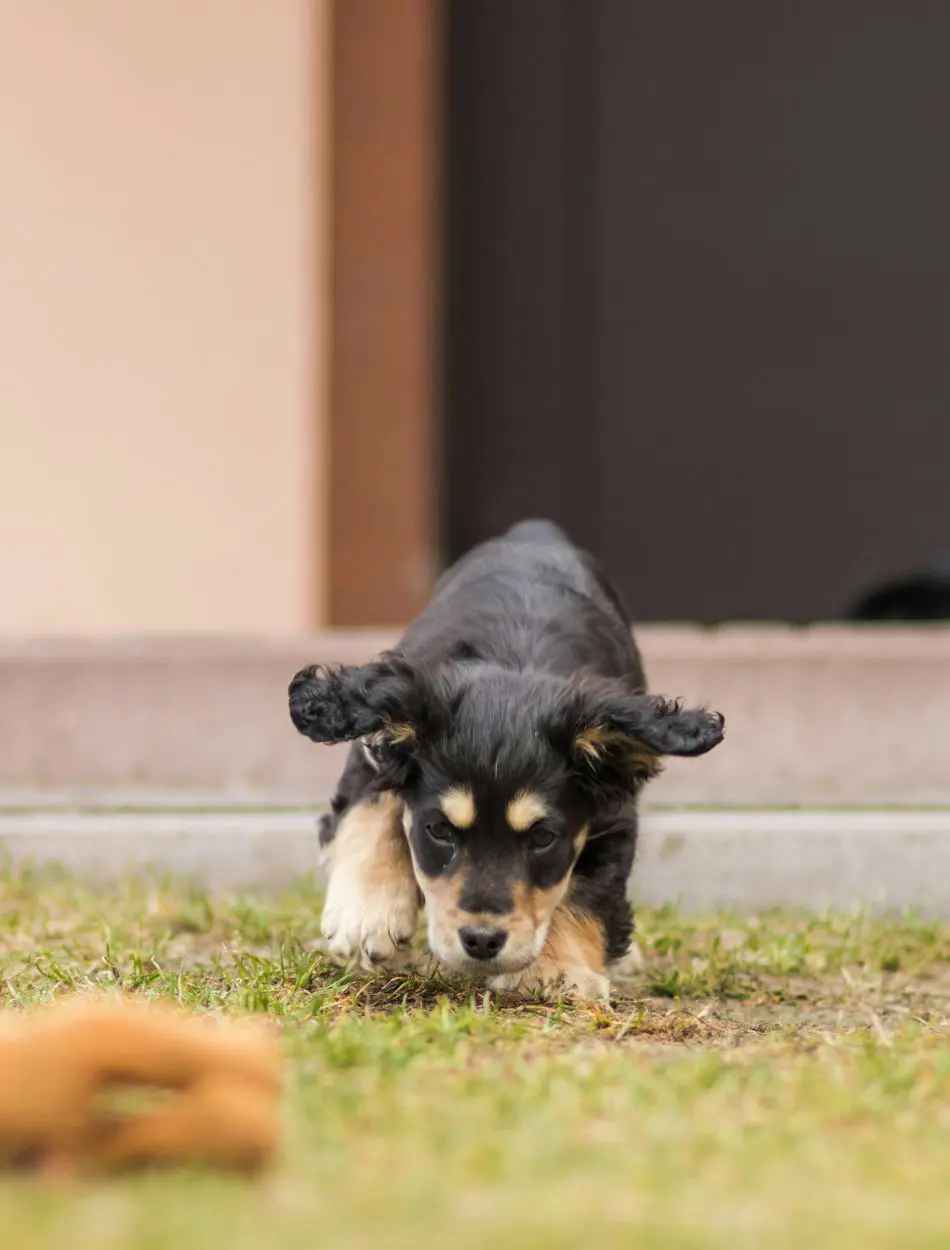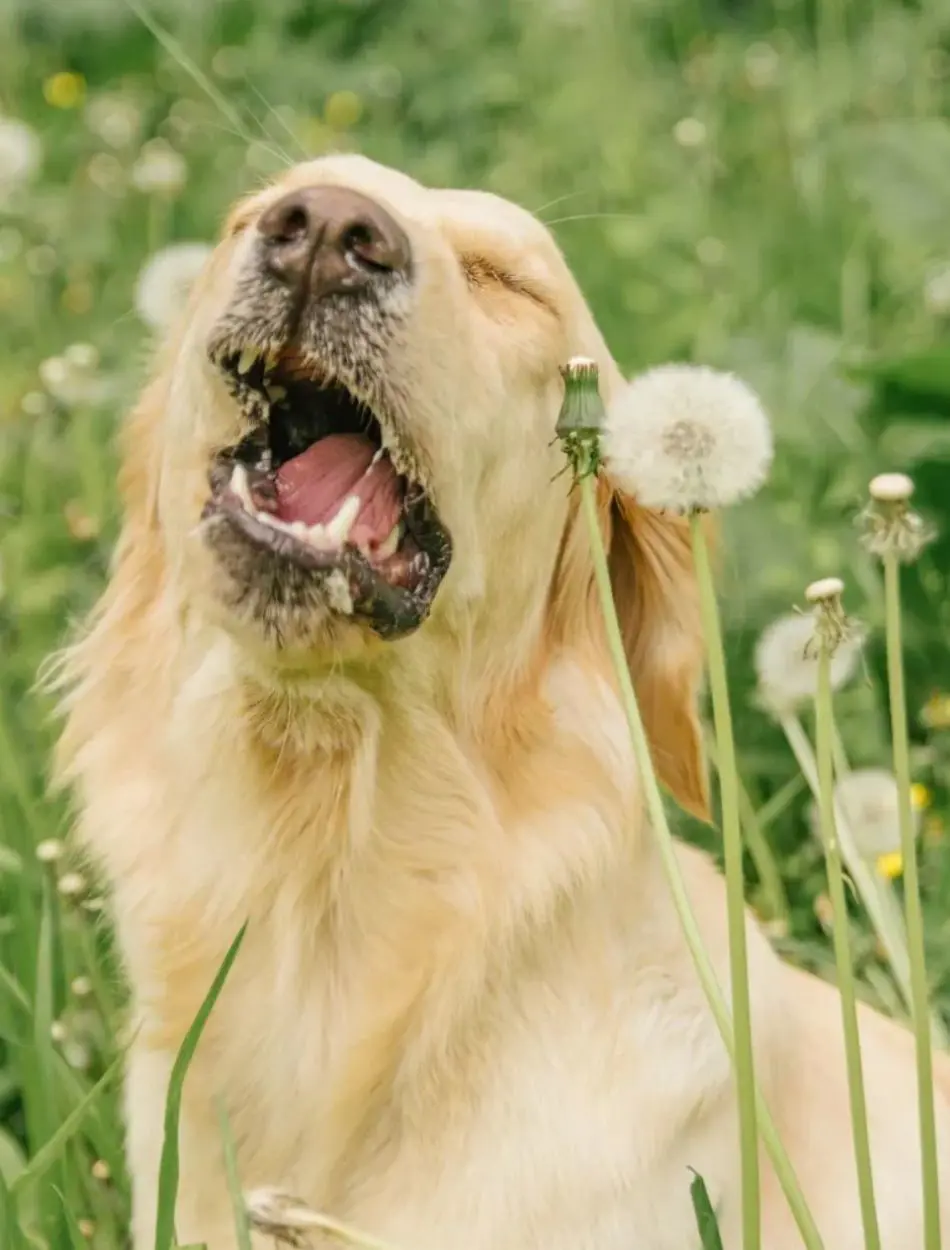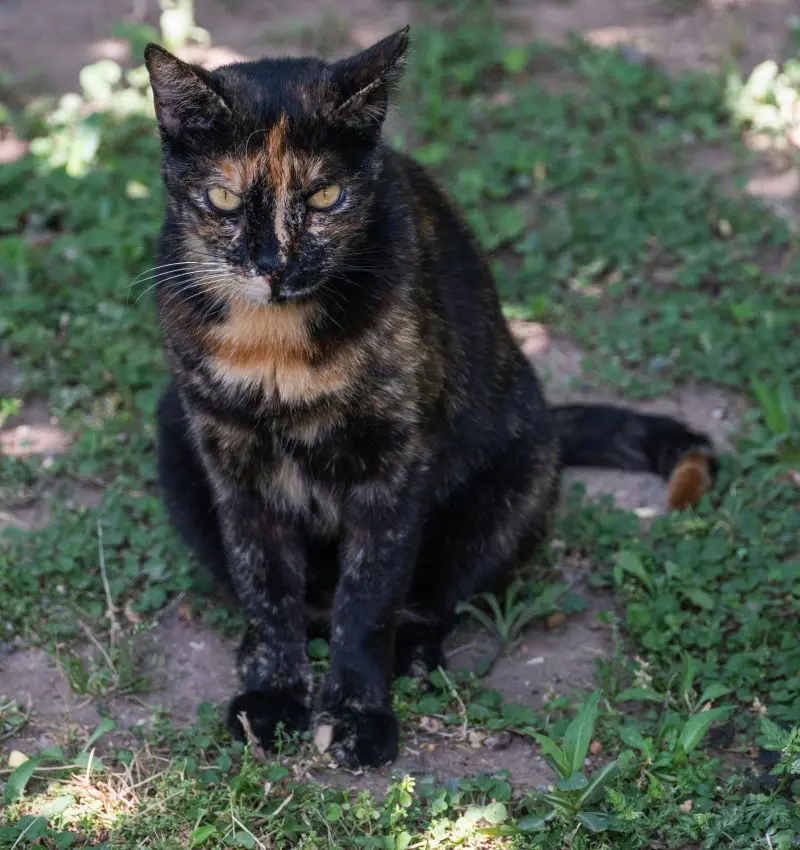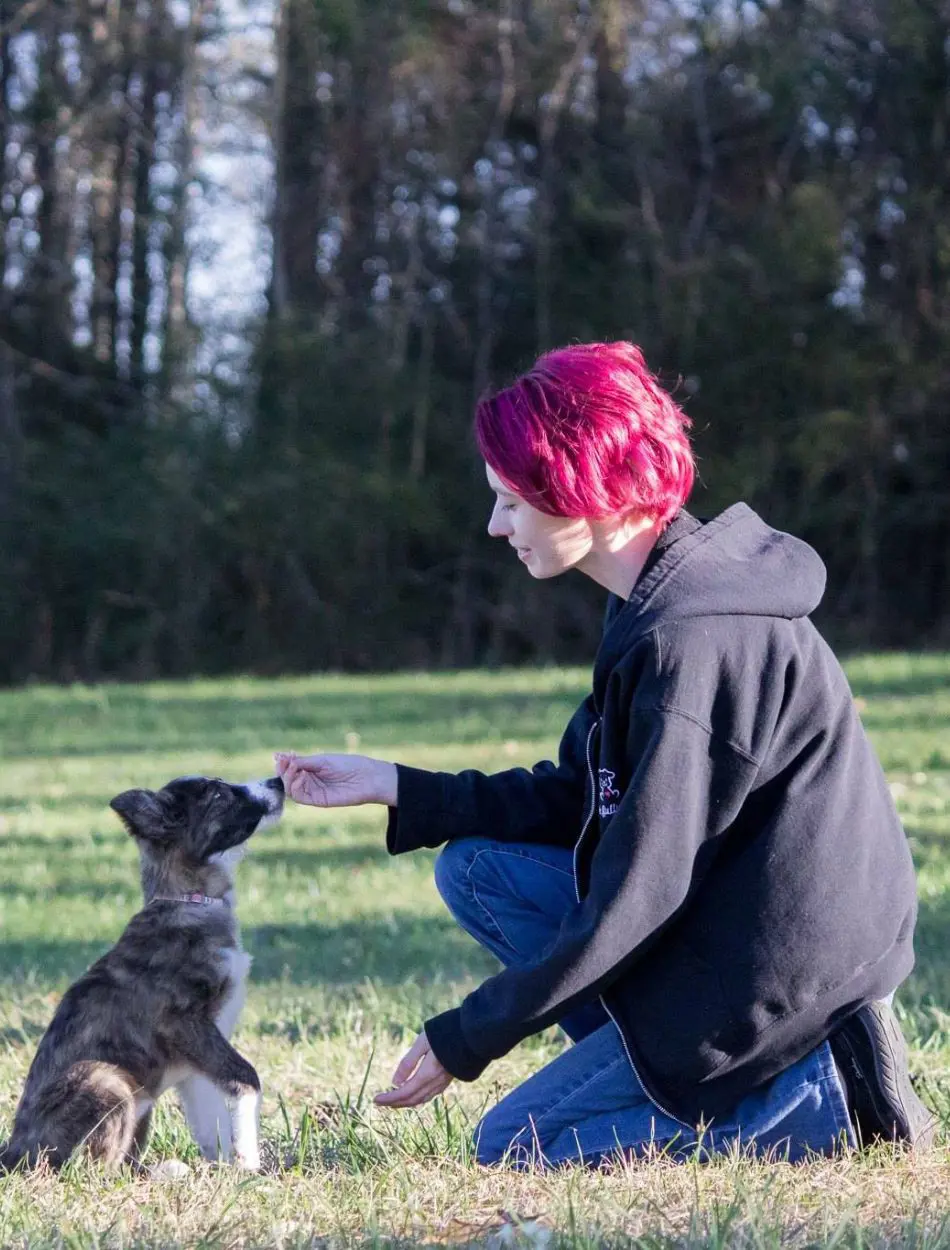Dog In Heat: When It Happens And How Long Does It Last
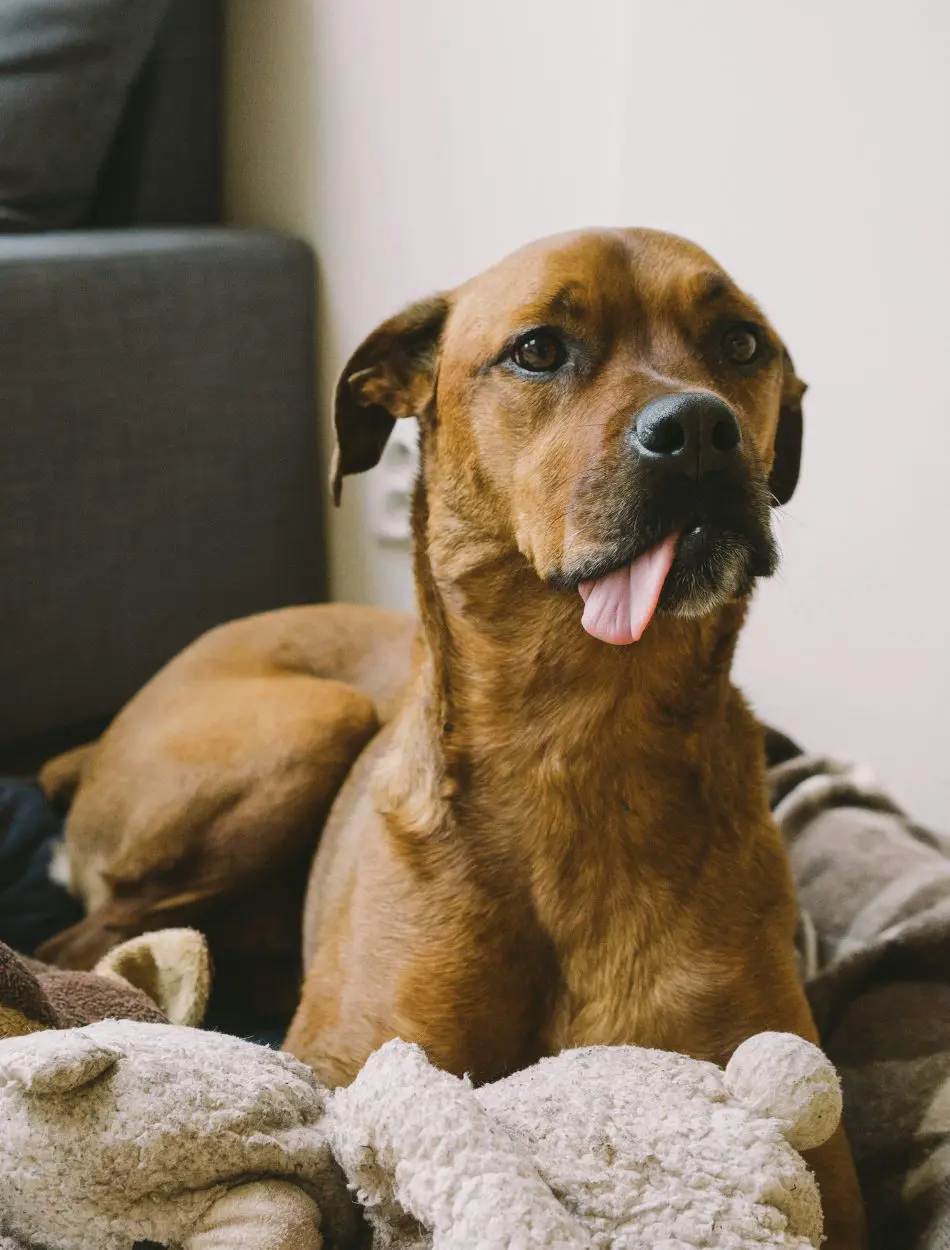
A female dog will get to the phase of reproduction known as the heat cycle if she has not been spayed. If you have an unspayed female dog, it's vital to understand the stages of her heat cycle.
During heat, a canine's conduct may additionally change especially, with extended restlessness, common urination, and a heightened hobby in male puppies. Owners must be vigilant for the duration of this period to save undesirable pregnancies and control any challenges that arise from their canine's altered conduct.
When Do Dogs Go Into Heat?
Dogs commonly go into heat for the primary time between six months and a year old, however, this is relative and established upon the breed as well as the individual dog.
Smaller breeds appear to come back into heat sooner, at around six months, even as large breeds may not experience their first heat cycle until they may be one year or older.
During this time, several symptoms include swelling of the vulva, a bloody or straw-colored discharge, an increase in urination, and behavioral changes like restlessness or male interest.
The most fertile time range within this cycle is usually the ninth through eleventh day, but a female dog will attract males, and hence be able to procreate, at any time that she is in heat.
Symptoms Of Dog In Heat

Dogs show various symptoms during the heat cycle, and one of the most reliable ways to know if your dog is in the heat is through keen observation. Some of the indicators to be noticed are:
Physical Changes
While on heat females develop certain changes in their bodies, it begins with swelling of the vulva and becomes more pronounced in size. It is followed by a discharge that is variously colored and inconsistent, ranging from clear to bloody.
All these changes are in preparation of the reproductive tract for probable mating and subsequent pregnancy. The female dogs also show some behavioral signs such as frequent urination and restlessness.
These are both physical and behavioral changes occurring within a two-to-three-week time frame, which indicates the fertile phase when females are most receptive to mate with males.
Behavioral Changes
During the heat cycle, female dogs undergo noticeable behavioral changes. They may become more restless, exhibit increased affection towards people or objects, and show heightened interest in male dogs. This period is marked by hormonal fluctuations that can influence their mood and behavior significantly.
Females in heat might also engage in more frequently marking behaviors and urine sniffing. Owners often observe their dogs being more alert and eager to explore their surroundings.
Understanding these behavioral shifts is essential for providing appropriate care and supervision to prevent unwanted mating and ensure the dog's comfort and safety during this natural reproductive phase.
Diagnostic Testing
One such test is that of vaginal cytology, which includes veterinarians microscopically examining cells in the vagina for changes traditional to estrus.
Blood tests can also be performed to measure the surges of estrogen and progesterone, the 2 principal hormones involved in a heat cycle.
Understanding these diagnostic methods ensures accurate identification of a dog's heat cycle for breeding purposes or preventive measures like mutilating.
Phases Of Dogs Heat Cycle
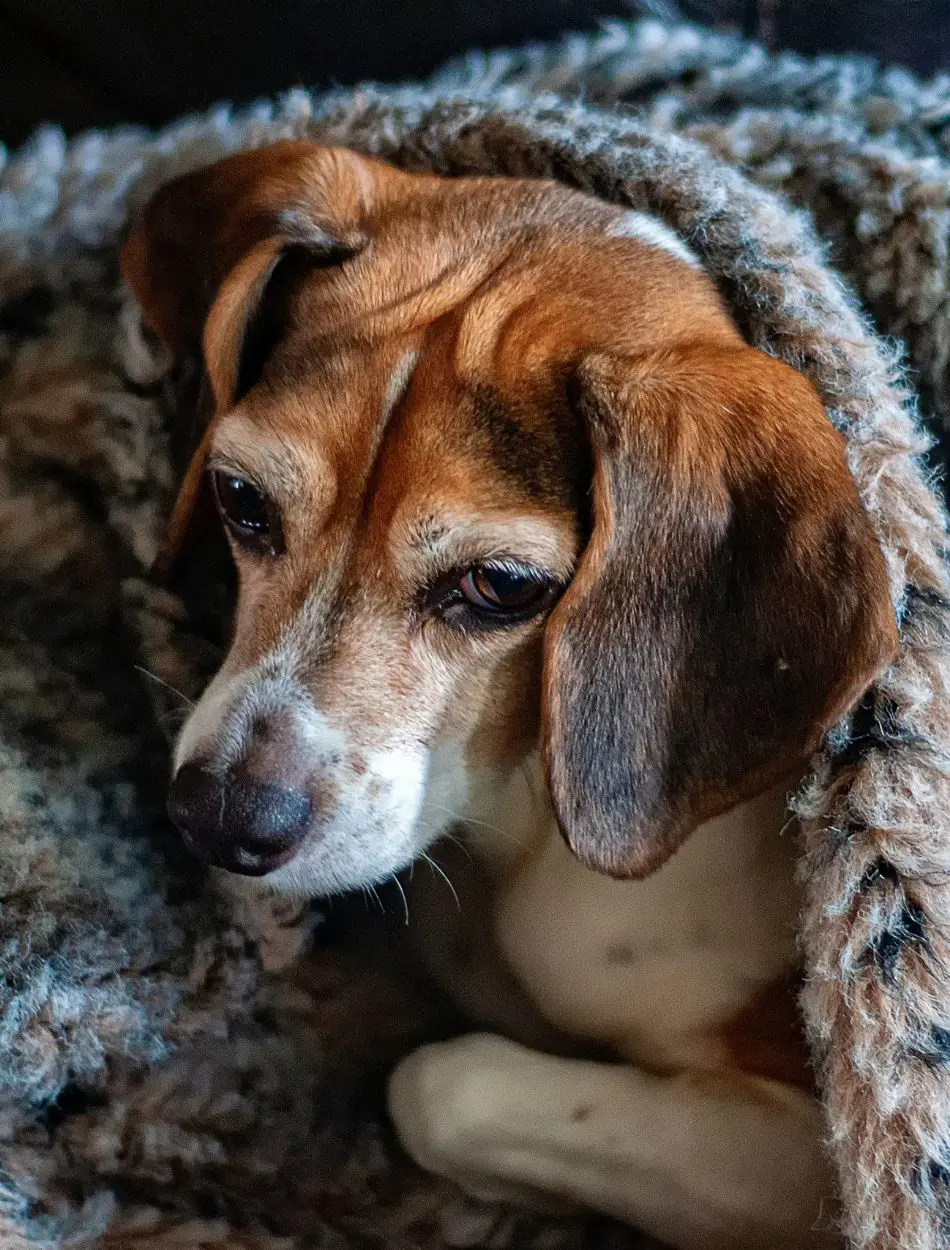
Understanding your female dog's heat cycle is a critical and responsible part of pet possession. The heat cycle, additionally referred to as estrus, is a natural reproductive phase that occurs in unspayed women. It is broken into the following phases, according to petmd.
Proestrus
The first phase of the heat cycle is known as proestrus, which generally lasts around 9-10 days. During this section, hormonal modifications put together the canine for potential mating.
Signs encompass swelling of the vulva, a bloody vaginal discharge, and behavioral changes which include extended urination and restlessness. Although female puppies aren't yet receptive to adult males, they'll appeal to the interest of male dogs because of the heady scent they emit.
Estrus
The second phase of the dog's heat cycle, also known as estrus, lasts for about 5-13 days. This is when the female dog is in heat and can mate. The discharge may be lightened in color, and the vulva remains swollen.
Behavioral changes embody more flirtatiousness toward male dogs, manifested by wagging the tail very often and lifting the hind legs. This phase is important for successful mating if you want your dog to breed.
Diestrus
Diestrus follows estrus if the dog is not pregnant. It lasts approximately 60-90 days and is characterized by a decrease in hormonal activity. The female dog will no longer attract males and will return to her normal behavior.
But if successful mating has been done, diestrus transitions into pregnancy, and the dog exhibits maternal behaviors in preparation for giving birth.
Anestrus
Anestrus is the last part of a dog's reproductive cycle. It's a time when the dog's body isn't trying to reproduce. This phase goes on for about 4-5 months. During this period, the dog's body takes a break and gets ready for the next heat cycle. You won't see any obvious signs that the dog is in a reproductive state. The dog just acts like it does.
Taking Care During Heat Cycle

In the course of a dog's heat cycle, one needs to be very proactive to make her comfortable and keep her safe. These dogs should be kept either indoors, in the house, or within a secure compound from which male dogs cannot gain access, since the males are scent-oriented and can detect the odor of the females from a distance.
Dogs in heat can tend to be either restless or overly nervous and keyed up during their heat cycle. Make sure she is provided with a proper resting area and try to give extra attention, with gentle reassurance. Prevent any possible complications from happening by not overdoing exercises lately.
Common Health Risks Among Dogs In Heat
A female dog in heat faces several health-related risks: The risk of pyometra, a serious infection of the uterus, is one of the major risks involved if bacteria were to enter the uterus through the now-in-heat and thus open cervix. Some common risks are:
Increased Aggression
Female dogs experience aggression due to chemical changes during heat cycles. This can result in fights with other dogs, especially if multiple males are competing for her attention.
Escape Attempts
Dogs in heat may try to run away due to the urge to find a mating partner. This can sometimes be dangerous as the result could be a lost pet, hit by a car, or even attacked by wild animals. So it might be better to keep them in your sight.
Attraction Of Male Dog
A female in heat will attract a male dog, creating the possibility of unwanted interest and fighting between males. Not only is this highly stressful for the female dog, but it is also potentially dangerous. To stop this from happening it is better to keep them away from other dogs.
Loss of Appetite
Dogs often grow thin through loss of appetite while in heat. Increased restlessness can distract her from taking food. To ensure that she reaches her nutritional requirements during this period, provide frequent, small portions of highly palatable and good quality food.
It means that one has to keep guarding against any form of abnormal discharge, excess bleeding, and behavioral abnormality. Veterinary care sought early enough can mean early and proper treatment should any such symptoms develop.
However, early spaying is done before the first heat cycle and would substantially minimize the risk of such health complications if carried out, therefore contributing to long-term lifetime benefits to a dog's well-being.
How Long Does It Last

Heat usually lasts 2-4 weeks. A female dog might not be willing to accept the advances from male dogs early in the cycle, though some females accept them throughout the cycle.
If it is much shorter or longer, once the cycle ends, you will know that as the vulva returns to its normal size. There is no more bleeding or discharge.
How To Help A Dog That Is In Heat
If you are a pet parent knowing these points could be helpful to make them relaxed and less anxious.
- Dog diapers can help manage discharge and keep your home clean. Make sure to change them regularly to maintain hygiene.
- Keep your dog indoors or supervise her closely when outside to prevent unwanted attention from male dogs and potential mating.
- Engage in regular and gentle exercise to help manage restlessness. Short controlled walks can provide physical and mental stimulation.
- Regularly clean your dog's bedding and any areas where she rests to ensure a clean environment. Bathing her with a mild dog shampoo can also help.
- Give your dog additional love and assurance during this valuable time. She may feel safer and more supported as a result.
Activities To Keep Them Engaged
Keeping your female dog stimulated during this heat cycle period will be one way through which you can keep her energetic and focus less on possible mating behaviors. Engage in indoor activities such as interactive puzzle toys or games that relegate her mental potential to be released through activities.
One may also do some mild physical activities like short walks in quiet areas to let loose some restlessness without experiencing exposure to a male dog. During this sensitive period, give loads of attention and affection to help reassure and take her mind off the hormonal changes she's going through.
Do They Have Menopause

Dogs don't experience menopause. Because of the differences in their reproductive cycles, unlike in humans, dogs continue going into heat and can therefore get pregnant all their lives, even into old age.
You may, however, note that your dog's cycle occurs less frequently, or the period seems longer from one heat to another. This is, however, normal in dogs as they age. Dogs that have ceased having cycles altogether should be taken to a veterinarian since this could be a sign of some other medical or metabolic disease process.
While dogs can go into pregnancy in old age, this doesn't mean they have to or ought to. The litter from senior mamas is usually smaller, with a greater number of puppy deaths, and labor may become more complicated if carried to full term.
Travelling With Your Dog During Heat Cycles

If you are going to travel with your female dog during her estrus cycle, planning is the key to keeping her safe and comfortable, and this may well include the use of doggy diapers to manage any discharges that may accidentally fall into place.
Check for pet-friendly accommodations and fair places by letting your dog stay near you, and look for a place where dogs can be safely enclosed for rest.
The routine should be maintained as much as possible. Avoid heavily populated areas where she can attract unwanted male dog attention. Always have a leash and harness handy to prevent escapes. Consult with your veterinarian before the trip for any additional advice or medication to help manage her behavior and health during this time.
Recent posts
Dogs
Why Do Dogs Pee In The House?
Uncontrolled peeing inside the house is usually perceived as a sign of a poorly-disciplined dog. However, it may not always be true as the canine could be suffering from a medical issue or cognitive decline. And, getting made is not the solution as y...
Dog Sleeping Positions And Their Meanings
The diverse sleeping dog positions of our furry companions unveil a fascinating tapestry of behaviors and emotions in the canine realm. From the classic Curler to the enigmatic Superman, each posture conveys a unique message about a dog's well-being ...
15 Causes of Dog Losing Hair
Occasional hair loss and shedding is a natural physical process in dogs. Seasonal shedding helps remove dead and excessive hair from their body. But, when a dog starts losing excessive hair, it can be a terrifying sight for pet owners. Often, dog par...
18 Signs A Dog is Dying
Recognizing the signs that a dog is dying can be heartbreaking, but it's far more essential to offer comfort in their final days. The signs consist of changes in behavior and constant hunger indicating that it may be time to say good-bye. Owners who...
15 Reasons Why Dogs Eat Poop And How To Stop It
Dogs sometimes engage in odd and unhealthy behaviors, along with ingesting their poop or that of different animals. This habit may be concerning and disgusting for any pup owners. This habit has many motives, however, the secret is locating eff...
Why Is My Dog Sneezing? 18 Common Reasons
You may notice that your dog sneezes and have some curiosity about their well-being-as they would react to dust, pollen, or strong odors. Though sneezing can be as common in dogs as in humans, you need to determine whether it falls into playful, occa...
